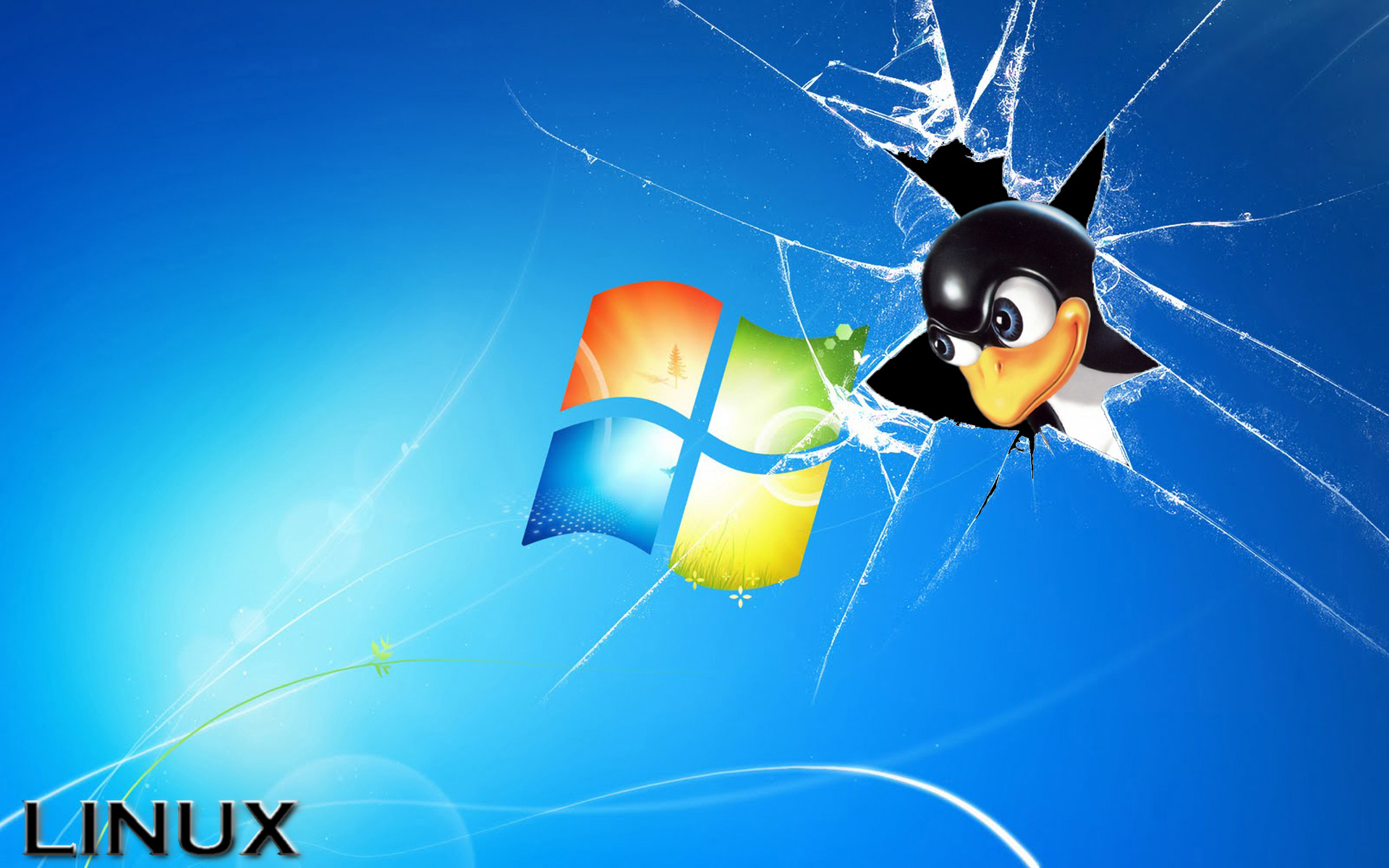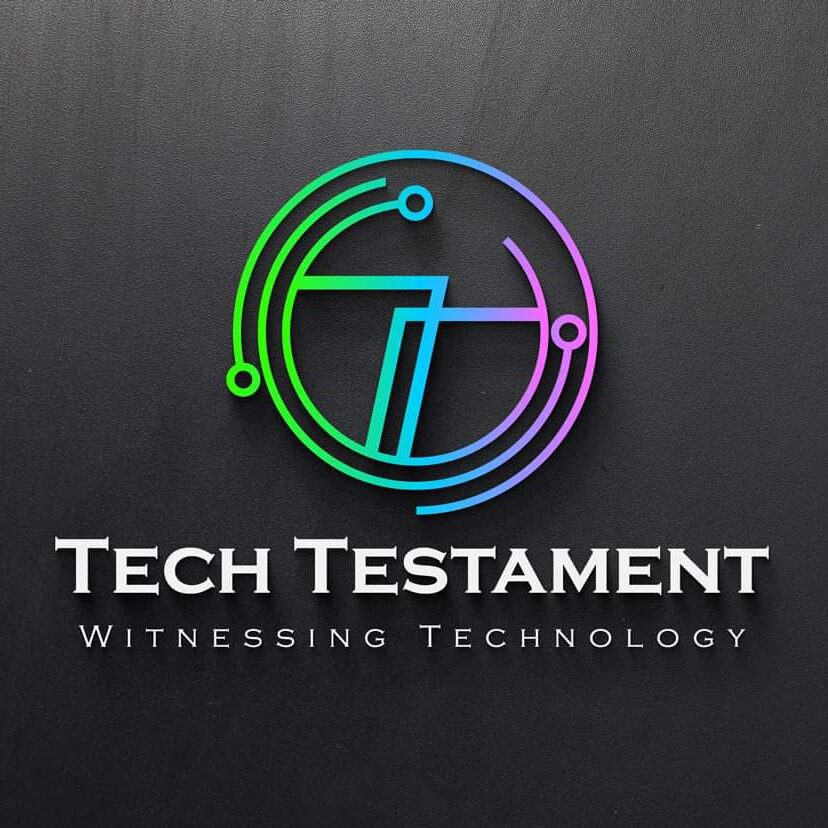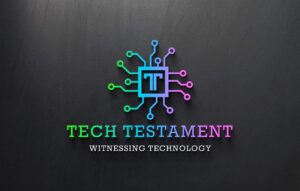
Introduction:
In a surprising turn of events, Microsoft, the tech giant known for its proprietary Windows operating system, is quietly sending signals that suggest a shift towards embracing Linux. Over the past few years, Microsoft has made significant strides in the world of open-source software and is now developing its own Linux distribution. This unexpected move raises intriguing questions about the future of operating systems and the potential migration of users to Linux. In this article, we’ll explore Microsoft’s journey into the Linux world and what it means for users.
Microsoft and Open Source:
Microsoft’s journey into the realm of open source began with the appointment of Satya Nadella as CEO in 2014. Under his leadership, the company has undergone a remarkable transformation, shedding its once-closed approach to software development and adopting a more open and collaborative stance. Here are some key developments that indicate Microsoft’s growing interest in open source:
-
Azure Sphere: Microsoft introduced Azure Sphere, an IoT (Internet of Things) platform, built on a custom Linux kernel. This marked a departure from their traditional Windows-based IoT solutions.
-
Microsoft Loves Linux: Microsoft launched the “Microsoft Loves Linux” campaign, emphasizing its commitment to supporting Linux on its Azure cloud platform. They have integrated Linux into various Azure services, including Azure Kubernetes Service (AKS) and Azure Functions.
-
WSL (Windows Subsystem for Linux): Microsoft developed WSL, allowing users to run a Linux distribution within Windows, bridging the gap between the two operating systems.
-
Microsoft Edge on Linux: In 2020, Microsoft released its Edge web browser for Linux, further extending its support for open-source platforms.
Introducing CBL-Mariner:
The most significant signal from Microsoft comes in the form of CBL-Mariner, a Linux distribution developed by the company. While CBL-Mariner is primarily intended for internal use, its very existence raises intriguing possibilities.
CBL-Mariner is utilized in Azure Sphere, and it’s likely that Microsoft is exploring its potential for other projects as well. This move demonstrates Microsoft’s willingness to incorporate Linux not just as a component but as a foundational element of its infrastructure.
What Does It Mean for Users?
-
Increased Compatibility: The development of CBL-Mariner suggests that Microsoft sees the value in a Linux-based foundation for its services. This could lead to increased compatibility between Windows and Linux, potentially making it easier for users to transition.
-
Choice and Flexibility: Users who have been contemplating a shift to Linux might find Microsoft’s evolving stance encouraging. With Linux gaining more prominence in Microsoft’s ecosystem, users may feel more confident in making the switch.
-
Enterprise Adoption: Enterprises that rely heavily on Microsoft technologies might benefit from the improved integration of Linux. This could lead to more hybrid environments that combine the strengths of both operating systems.
-
Open-Source Collaboration: Microsoft’s embrace of Linux signifies a broader trend of open-source collaboration in the tech industry. Users should expect more cross-platform compatibility and interoperability in the future.
Conclusion:
While Microsoft’s development of its own Linux distribution may not signal an immediate mass exodus from Windows to Linux, it does send a clear message that the boundaries between these two operating systems are becoming increasingly blurred. Users should keep a close eye on Microsoft’s evolving approach to open source, as it may offer new opportunities and choices in the world of operating systems. Whether it’s a full-fledged shift to Linux or a more seamless integration between the two, the future of operating systems appears to be more open and flexible than ever before.




